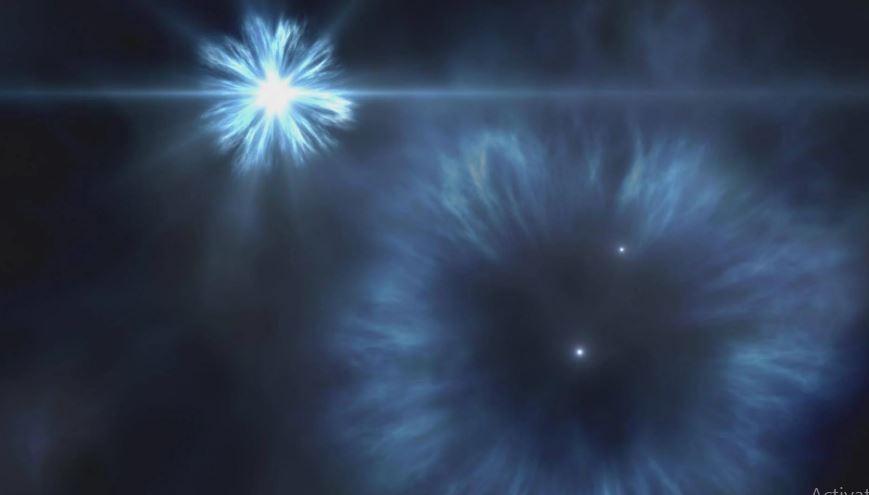London: Astronomers have detected large amounts of oxygen in the atmosphere of one of the oldest and elementally depleted stars, a finding that sheds more light on the formation of critical compounds needed to sustain life in the universe.
The study, published in the Astrophysical Journal Letters, analysed the chemical makeup of the ancient star J0815+4729, and provides an important clue on how oxygen and other important elements formed in the first generations of stars in the universe.
The researchers, including those from the University of Cambridge in the UK, said the star resides over 5,000 light years away toward the constellation Lynx, meaning even light takes more than five millennia to reach the Earth from the stellar source.
“This result is very exciting. It tells us about some of the earliest times in the universe by using stars in our cosmic back yard,” said John O’Meara, study co-author and Chief Scientist at W.M. Keck Observatory in the US.
“I look forward to seeing more measurements like this one so we can better understand the earliest seeding of oxygen and other elements throughout the young universe,” O’Meara added.
According to the researchers, oxygen is the third most abundant element in the universe after hydrogen and helium, and is essential for all forms of life on Earth.
However, they said, the element didn’t exist in the early universe, and was only created through ultrahigh energy nuclear reactions occurring deep inside the most massive stars which have masses roughly 10 times more than that of the Sun.
After more than five hours of observing the star over a single night, the astronomers collected enough data to measure the abundances of 16 chemicals in the star’s atmosphere, including oxygen.
“The primitive composition of the star indicates that it was formed during the first hundreds of millions of years after the Big Bang, possibly from the material expelled from the first supernovae of the Milky Way,” said Jonay González Hernández, the lead author of the study.
The findings revealed that the star had a very unusual chemical composition.
According to the scientists, J0815+4729 had relatively large amounts of carbon, nitrogen, and oxygen — approximately 10, 8, and 3 per cent of the abundances measured in the Sun.
However, they said other elements like calcium and iron were very scarce — around one millionth that of the Sun.
“Only a few such stars are known in the halo of our galaxy, but none have such an enormous amount of carbon, nitrogen, and oxygen compared to their iron content,” said study co-author David Aguado, a postdoctoral researcher at the University of Cambridge in the US.
PTI
